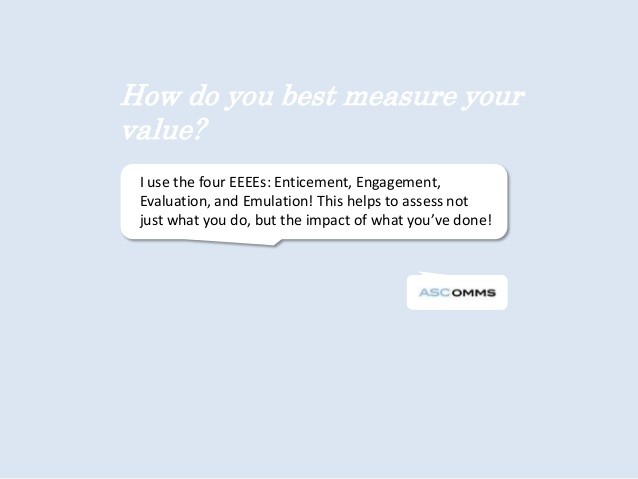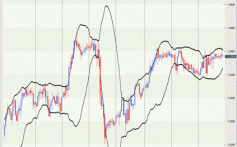Musings on Markets How do you evaluate risk taking
Post on: 16 Март, 2015 No Comment

Friday, November 19, 2010
How do you evaluate risk taking?
The GM IPO is the news of the week. The fact that GM has been able to go public and that the government may not only get its money back on its investment but may even make a profit has led to some celebration in the White House:
I don’t begrudge the White House its victory dance that the GM bet looks like it has paid off, but it is an auspicious moment to examine how we judge risk taking, in general. As I see it, risk taking can be judged on four dimensions.
1. Outcome. The nature of risk taking is that you win some of the time and lost some. It is human nature to judge the quality of risk taking by looking at the outcome of the risk taking. Success is thus vindication and failure is calamity. If you follow this to its logical ends, if you succeed, you are a good risk taker and if you fail, you are not. This is the theme that is being tapped into by both Warren Buffet when he wrote his thank you note to the government for TARP and by the White House for its GM investment. Things worked out well in the end. So, it must have been a sensible decision up front.
2. Process. A more complicated way of judging risk taking is to look at whether the risk taking made sense at the time that the risk was taken, with the information available at the time, rather than with the benefit of hindsight. At least in theory, it is possible that even the best-deliberated risky decisions can have bad outcomes, if fate does not cooperate, and that terrible choices when faced with risk can have good outcomes. Playing devil’s advocate, however, it is much more difficult and more work to evaluate process than outcome.
3. Side costs and benefits :When risk taking creates costs and benefits for others, judging risk taking by its outcome for just the risk taker may not be fair, since it is conceivable for risk takers to make money while creating costs for society. It is also possible for risk taking activity to create losses for the risk takers while generating benefits for society. A fair assessment of risk taking will require us to consider these side costs and benefits into account.
4. Future risk taking behavior :It should not be surprising that how we take and reward/punish risk taking in the present can affect how people take risks in the future. If risk taking of a certain type consistently is rewarded, you will see more of it in the future. If in contrast, risk taking of a different type leads to punishment/losses, you will see less of it in the the future. If markets are viewed as too easy on risk takers, there will be more risk taking in the future in the future.
When does it make sense to judge risk taking on outcome alone? If a risk taker takes many risks over time and is right on average on a consistent basis and there are no significant side costs and benefits, it is reasonable to argue that success is the result of good risk taking. A portfolio manager who beats the market each year for 10 years must be doing something right in terms of risk taking. However, judging a large risk taking venture with significant side costs and benefits and consequences for future risk taking on whether it makes money or not may not be sensibel.
Returning to the GM investment, the judgment on whether it was successful becomes more nuanced when we consider the other factors, even if the government’s original investment makes money.
a. Did the government investment in GM make sense at the time of the investment, given what was known then? Tough to tell, since we do not know what the government knew at the time of the intervention. Given what the rest of us knew at the time, it would have been difficult to justify the billions invested in the company. However, it is possible that the authorities had information about GM’s assets and liabilities that we did not. So, I will give the benefit of the doubt to the government on this point.
b. What were the side costs and benefits of the government investment? On the plus side. GM’s salvation prevented thousands of layoffs at the company and budgetary chaos at at least one state (Michigan). On the minus side, the government’s intervention on GM’s behalf has cost other carmakers a chance to make inroads in this market. To the extent that the other car makers are foreign (Toyota or Honda), this may seem like a good thing, but the belief in free markets cannot stop at the borders. It is also conceivable that GM’s salvation may have cost Ford a chance to make inroads into the market and secure its position for the long term.
c. What are the long term lessons for risk taking behavior?
It is undeniable that GM made some really bad strategic and management decisions in the the last three decades. In the face of default, the government stepped in, upended bankruptcy and tax laws (which conveniently were written and interpreted by government officials) and saved the company. Other firms that took more prudent decisions in the face of risk were put at a disadvantage. It would seem to me that the lessons learned on risk taking from this experience are the wrong ones: if you take risks, make sure that you are a big firm with the right connections.
Bottom line. As a taxpayer, I am happy that the GM investment looks like it will break even or better. As an investor, I am less happy about the long term consequences of this success. I am afraid that it sends the wrong signals on risk taking to the market and investors.














